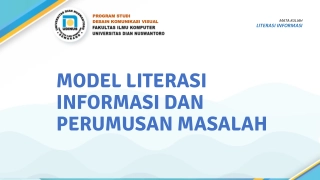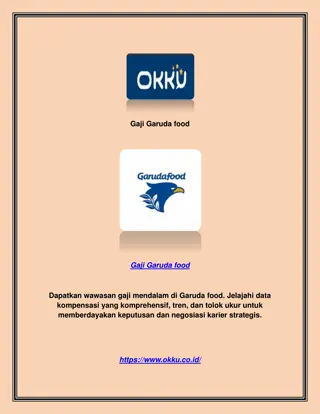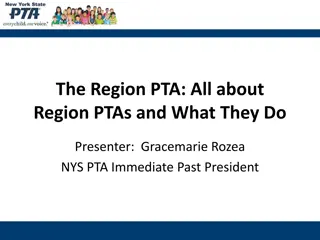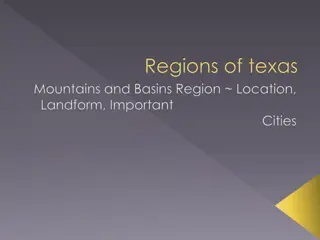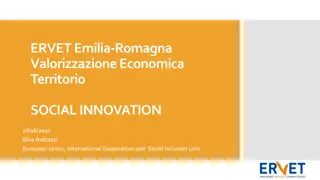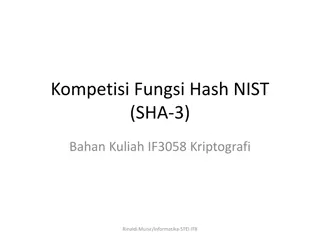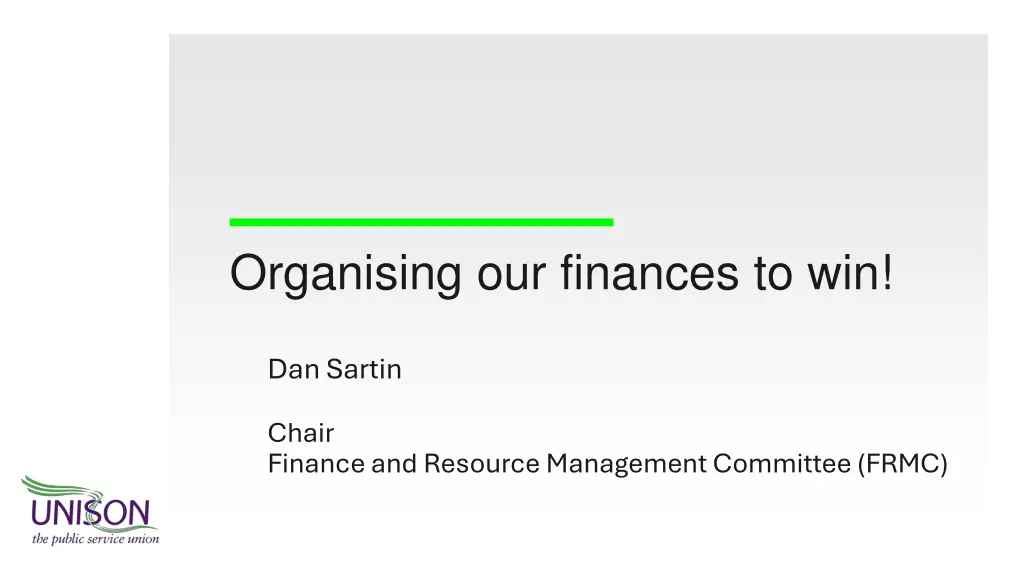
Financial Organization Strategies for Success
Discover insights from Dan Sartin, Chair of the Finance and Resource Management Committee (FRMC), about the financial position of the union. Learn about membership growth, income increases, and the need for adjustments due to high inflation and rising costs. Explore ways to manage deficit budgets and maintain financial stability for the organization's future success.
Download Presentation

Please find below an Image/Link to download the presentation.
The content on the website is provided AS IS for your information and personal use only. It may not be sold, licensed, or shared on other websites without obtaining consent from the author. If you encounter any issues during the download, it is possible that the publisher has removed the file from their server.
You are allowed to download the files provided on this website for personal or commercial use, subject to the condition that they are used lawfully. All files are the property of their respective owners.
The content on the website is provided AS IS for your information and personal use only. It may not be sold, licensed, or shared on other websites without obtaining consent from the author.
E N D
Presentation Transcript
Organising our finances to win! Dan Sartin Chair Finance and Resource Management Committee (FRMC)
As I was saying (Motion 84) About me HEADLINE: Union in a strong position financially, but does need to make changes The good news: Membership grew by 7K net in 2023 (0.56%); Steward recruitment increased by 56% in 2023 signs are good Income was up last year by 7.9m; major achievement Members moving through the subs bands due to pay rises that were higher than normal due to inflation e.g. 1,925 twice in LG. So far in 2024, Jan-March, 14.5K net growth and unusually, growth in February and March which is significant as very different to normal The union is in a good position on membership and income; Organising to Win
The less than good news, why we need to make some changes: 2 years of very high inflation has expanded our cost base as a union Reflected in pay rises for staff, our biggest expense of course, like most organisations ( 15 / hour min wage) The pension scheme now on a much better footing, but was a major deficit, so though pension deficit now reduced, we re still paying in 5.4 million a year as part of a deficit recovery plan agreed in 2021 that lasts for 15 years UNISON hasn t reviewed itself or changed its structures or its finances. Nearest we came was in 2018 with the 25 Year motion that Dave Prentis presented to conference and was defeated. The cost of the union s national and regional staff is now around 60- 65% of our income. We had an informal policy to keep this at 50% for years but it s been creeping up as the wage bill expands. In 2023, the NEC set up a Staffing Review. This work is underway.
The underlying factors (1) A strong bedrock of income, but a growing cost base. This has led the NEC to have to set deficit budgets in recent years because the predicted income is not enough to meet the growing cost base. In 2023 we set a deficit budget of 5.8 million, but in the end we ve turned out an operating SURPLUS of 4.8m. But this was made up of NEC ( 0.8 million), regions ( 2.0 million) and branches ( 2.0 million). So even when we set deficit budgets, with strict cost control and fair winds we can avoid posting operating deficits. But it is financially unwise to set ever larger deficit budgets. So we must trim our deficit budgets down to a figure that s reasonable.
The underlying factors (2) Some areas regularly post surpluses branches, regions, regional pool, BSOF branches (75% funded at 20%; only 18% get additional entitlements) Some areas of the union under much more strain One is the Industrial Action Fund (hence M84 NDC 2023) UNISON members are on the march 50 per day from day one There is a cost that comes with industrial action, not just strike pay but the cost of balloting and campaigning also. The Industrial Action Fund decreased by 6.7 million in 2023 therefore (now 26.4 million) Industrial action funds within branches, which cannot be used for strike pay, increased in the same period by 0.4 million. National and regional IAF: 12.5m; Branch IAFs 13.9m
Reviewing and planning for the future FRMC has set up 2 working groups 1. How we Resource our work Branch Funding Formula Impact of 3-year protection ending on 1 January 2025 Do active branches get the resources they need A money-mapping exercise to give a clear view on where Unison s money comes from, is spent, and could better be maximised Is the money in the right places, supporting the activity we need? Subs bands: should these change? Should we have a new higher subs band for members earning more than 40 or 50K? (Do we do lots of things badly or mediocrely when we could be doing a few things brilliantly? Traffic lights for resource intensity and cost attached to motions, conference or branches then having prioritisation function)
Reviewing and planning for the future FRMC has set up 2 working groups 2. Financial governance With Hassan Ortega Organising Framework and how it deals with Finance Regional staff and support to branches on finance Training and ongoing support to Treasurers needs Improving OLBA Budgeting process and timing Nationally (last minute decisions) Within branches (AFR is late and impacts UNISON Year end) [Interim AFR in Sep/Oct, with earlier completion deadline, e.g. Feb 15th]
Review: consider, discuss, test, discuss Not least due to risk (e.g. putting the subs up) The NEC want to bring proposals to NDC 2025. Helpful to visit again, stay in dialogue with NW Region This NEC: committed to strong finances which help us win as a union and grow. Let s keep communication open between us Let s organise our finances to win! Questions


